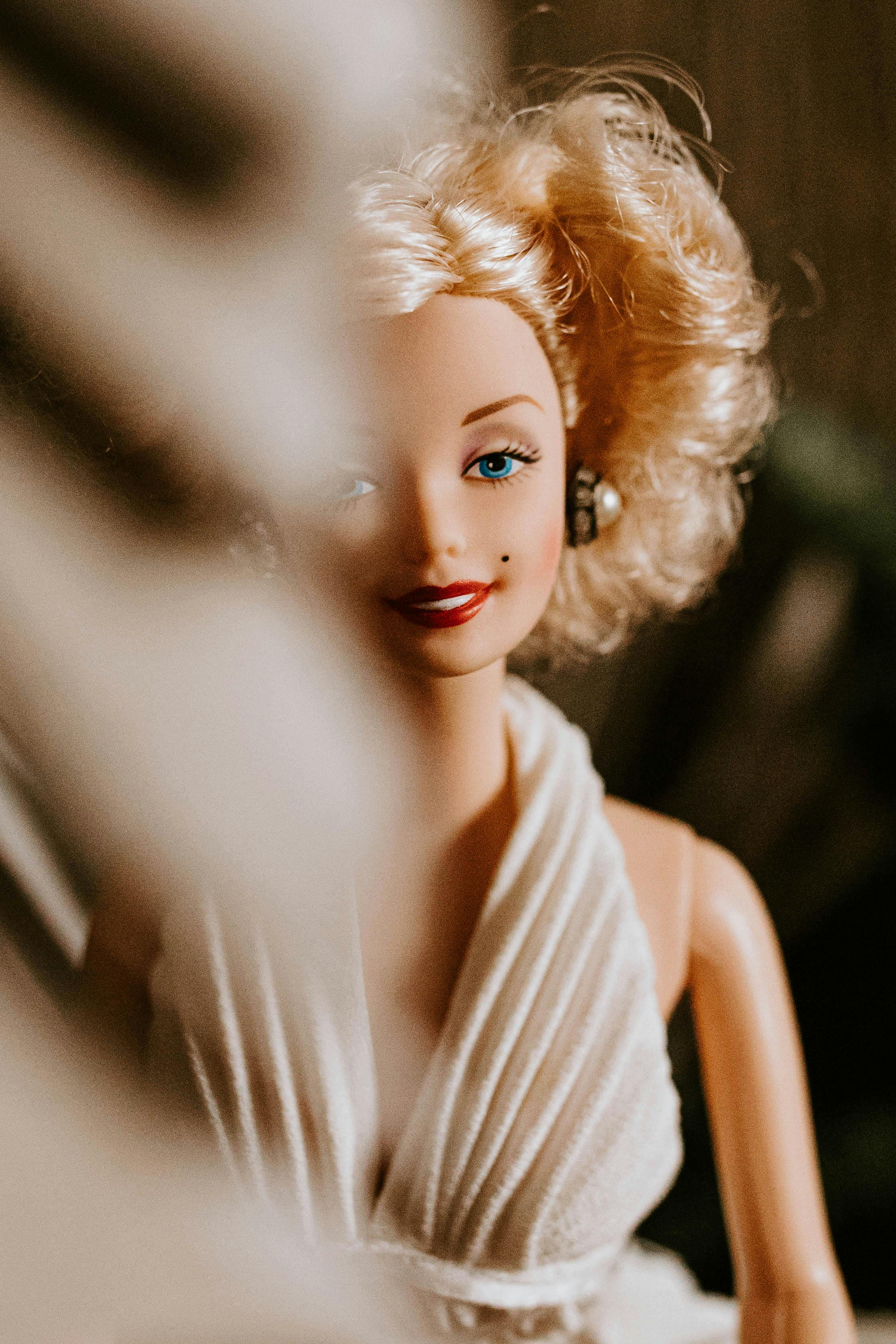If you’re planning a Scandinavian marriage or going to one, you’ll https://toprussianbrides.com/swedish-brides/ want to know about a few of the region’s unique practices. In addition to honoring your or your fiance’s heritage, some of these persuits can also add fun and meaning to your wedding day.
One of the traditional of all Nordic bridal customs is usually to have a Viking sword exchange with the wedding. This is not a ritual that takes place at every Norwegian or Swedish wedding, but if it does, it is intended to symbolize the union of two families. A part from the groom’s family group typically provides an old blade, and the new bride then spots her own personal ring on the hilt for the blade.
Another traditional bridal custom includes the “something old, something totally new, something obtained, and something blue. ” The concept behind this really is to bring good luck to the bride and groom. Some of the more widespread things that brides typically include are a handkerchief from their mom (something old), a new white attire or cap (something new), a magic antique coin out of her daddy or grand daddy (something borrowed), and a blue rose posy (something blue).
Norwegian weddings generally feature wedding crowns, or perhaps brunekrone. These beautiful crowns are usually family members heirlooms and made of silver using firm delicate veils attached. The veils happen to be said to represent purity. The crowns may also currently have small spoon-shaped bangles that dangle from their store. These tinkle when the star of the event travels or transforms her brain and are believed to ward off malignant spirits.
In Norwegian weddings, guests often provide speeches towards the couple through the reception. A toastmaster is usually appointed to help release the various individuals that will be speaking and to keep the speeches moving in a timely manner. The daddy of the bride-to-be, the star of the wedding, the groom, the main bridesmaid, plus the best person are all expected to provide a speech at some https://trustineducation.org/resources/life-as-an-afghan-woman/ level during the reception.

Swedish weddings tend to be fairly egalitarian. Unlike a large number of Developed weddings, where father provides his child away to her husband-to-be, Swedish brides and grooms walk down the portico together. That is a sign of equality and freedom that is accepted by the Swedes. In addition , the star of the wedding keeps her bridal bouquet and does not throw it at the conclusion of the wedding ceremony.
A waltz is often featured at Swedish wedding events, and a favorite variant of this is the weaning waltz. In this edition of the waltz, all feminine guests waltz with the bride one by one, and then the woman dances with the groom. You guests in that case take the turn dancing while using the bride and, once they’re done, the pair are reunited.
Most of the men at a Swedish or perhaps Finnish wedding party wear kilts rather than suits, and a sprig of light heather is normally often placed in their particular buttonholes permanently luck. Products are not opened at the wedding reception, but are possibly provided ahead of time or displayed with regards to the few to open afterward.

